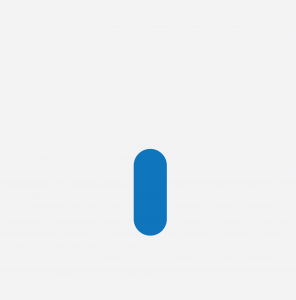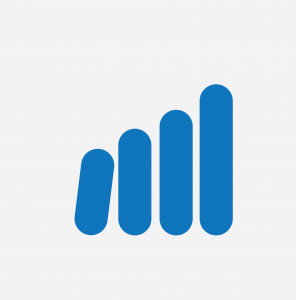Program Overview
A new frontier in Learning
The Reading Switch has re-imagined the way children with dyslexia learn to read with phonics, so that it plays to the strengths associated with this thinking and learning style whilst supporting the inherent weaknesses. The Reading Switch taps into the power of the visual memory through the use of our intuitive visual phonics system.
The program is carefully sequenced and purposely presented to harness dyslexic strengths such as big picture thinking, visual memory and pattern detection skills.

The program is suitable for all primary school aged children who fall below the expected reading standard for their year level.
Gaps in learning may begin to appear when a child reaches Year 2 (although difficulties may be evident toward the end of Year 1). The earlier difficulties in reading are detected and acted upon, the better it is for the young learner’s well-being and academic progress however there are still some children who have silently fallen below expected reading levels.
Prior to commencing the program, children must be already familiar with the letters of the alphabet, able to identify each letter by sight, and have knowledge of the basic sound each letter can make.
Expected outcomes
- Improved letter sound knowledge
- Knowledge that there’s a predictable relationship between phonemes and graphemes.
- The ability to associate letter combinations with sounds and blending them into words.
- Understand that a letter can represent more than one sound.
- Differentiate between short and long vowels.
- Read words with short vowels, common long vowels, complex vowels, consonant digraphs, consonant blends, silent letters
- Read words with single and double syllables
- Improvements in orthographic processing
- Transition from single word decoding to reading sentences and stories
- Improvements in reading ability





